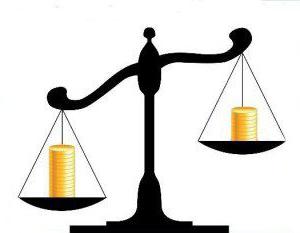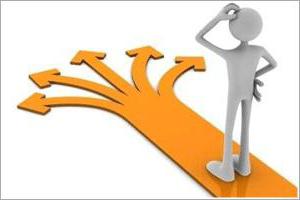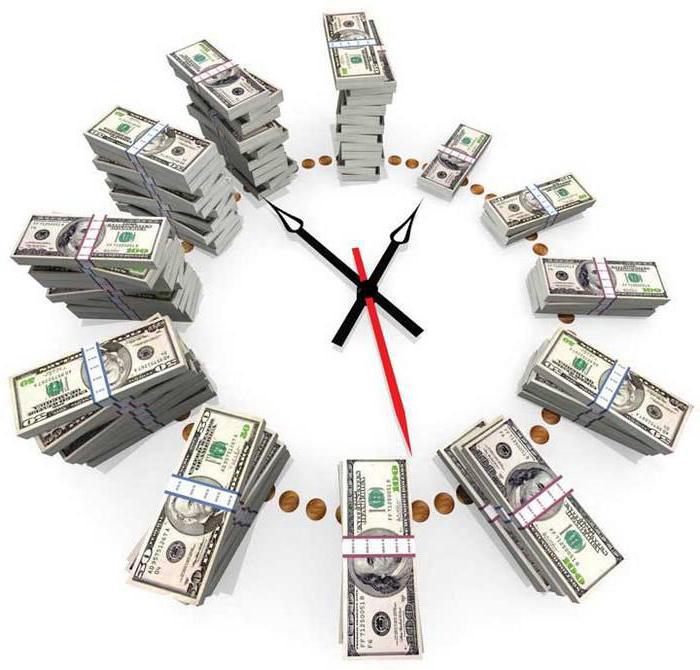Opportunity value is often seen as the cost of missed opportunities. Simply put, it expresses what needs to be abandoned in order to get what you want. Let us consider in more detail what is the opportunity cost. 
general characteristics
If we talk about what the opportunity cost in real life is, then it is worth noting that the missed options are not limited to 1-2 products. They are quite numerous. Before determining the opportunity cost of a choice, it is recommended to establish the best of the missed options. For example, instead of getting an education in the full-time department of a university, a girl could work as a secretary, not as a watchman, and get paid. In this case, the opportunity cost is equal to wages, i.e., lost profits.
Specificity
Speaking of what the opportunity cost is, it is necessary to pay attention to its ability to increase with an increase in the volume of production of goods. To create an additional unit of goods will have to sacrifice an increasing number of another product. The increase in costs is mainly due to the incomplete interchangeability of resources. 
Diminishing returns
Explaining what the opportunity cost is, it should be said that its increase is a proven, well-known and considered regularity of economic life. It is often referred to as the principle of increasing costs. There is another law that is closely related to it. It is formulated as follows. With a continuous increase in the exploitation of one resource with an unchanged number of others at a certain stage, the growth of returns stops and its decline begins. This pattern is also based on incomplete substitutability of raw materials. Change of resources is possible to a specific limit. For example, if land, entrepreneurial abilities, labor, and capital are left unchanged, then there will come a moment after which the growth of this factor will become less and less. The productivity of the machinist decreases as the number of machines that he serves increases. The percentage of marriage rises, downtime begins and so on. 
"Theory of economy"
This monograph was written by Friedrich f. Wieser in 1914. This Austrian economist in his "Theory" for the first time described how to determine the opportunity cost of choice. The author notes that the amount of lost profits can be expressed both in kind (in goods, the use of which the entity is forced to refuse to use or release), and in cash. The amount of costs can be set even in hours.
Opportunity cost, production capabilities
According to the "Theory":
- The benefits used to create the product are the future. The value of resources depends on the value of the final goods.
- Limited goods determines the alternative and competitive options for their use.
- The costs associated with the release of products are subjective. They depend on the opportunities that must be sacrificed when creating a certain good.
- The utility (actual price) of any product is the lost utility of other things that could be created using the resources spent on its production. This provision is known as Wieser's law.
- Imputation is made on the basis of opportunity costs - the cost of lost opportunities. They do not act as expenses in the accounting sense.Costs in this case are the design used to account for lost profits.

Key economic issues
The alternative position is that justice is not determined by "equalization", but depends on the functioning of the distribution mechanism. It, in turn, is based on the absence of discrimination and the right to individual property. Economic choice is the best option in which maximum satisfaction of needs can be achieved with limited resources. To solve this problem, it is necessary to compare the composition of products and the optimal production structure. It is assumed at the same time that all economic resources were fully utilized, and the economic complex, in turn, functioned at its limit and was efficient. The release of benefits beyond the scope of the opportunity curve is not feasible. This is due to the lack of society resources necessary for this.
Additionally
Production factors should be used in a proportionate manner between variables and fixed resources. You can not increase the number of the former by one second in an arbitrary order. Otherwise, the law of increasing costs will apply. The transition to more advanced technologies will increase the return on resources, regardless of the ratio of variables and constant factors.
